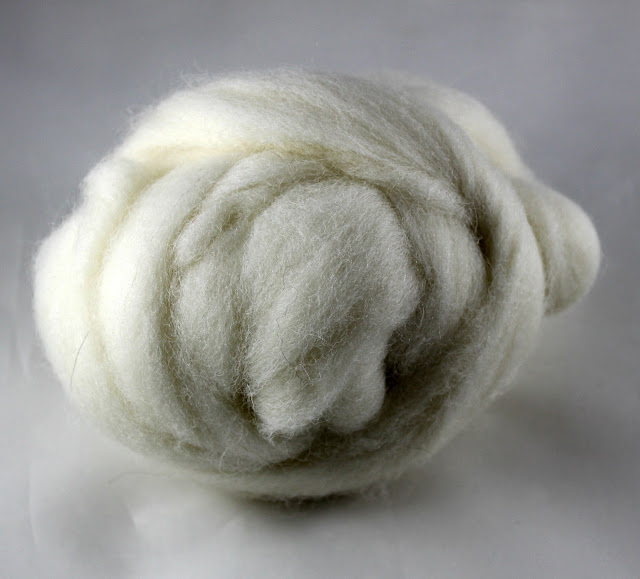The Whitefaced Woodland sheep have been around since the 17th century but used to be called Penistone Sheep after the Yorkshire town where they were traded. Originating from Linton type of Mountain sheep (Blackfaced Mountain sheep) it was developed using Cheviot and Merino sheep.
They are a large build sheep that is hardy, robust and can adapt to both its native hills and lower land. Mature ewes are around 60-70kg and rams are around 120-130kg. They have a white face with a pink nose and white legs that are free from wool. Both sexes have horns with with the rams have heavily spiralled horns that can, on occasion, grow too close to the head.
They produce a medium size fleece of 2-3kg that is white and the wool quality will vary greatly from flock to flock and maybe even from sheep to sheep. The average staple length is 3-8 inches (7.5-20.5cm) and can be 28-38 microns or coarser, so a very big range of different fibre type. You will have to judge each yarn or fibre source by what you feel. If you want to dye it it should take colours nicely unless you have a hairy or kempy fleece that is at the coarsest end of the range.
The preparation type for this breed of fleece will depend entirely on where in the fibre range your fleece falls and you will have make this decision for yourself.
Yarns spun from Whitefaced Woodland fleece are so varied that one-size-doesn't-fit-all. At the finest end they are good for everyday garments and at the coarser end they are good for rugs, ropes and hardwearing bags.
 |





No comments:
Post a Comment